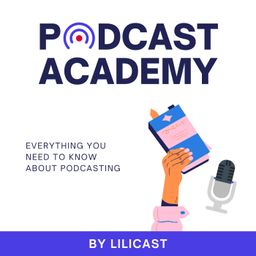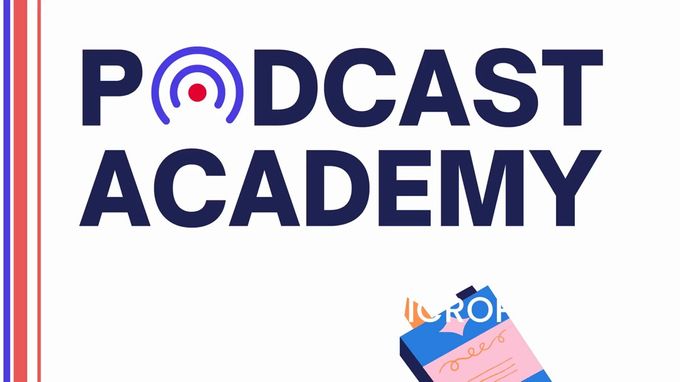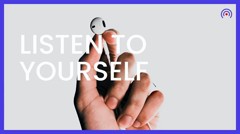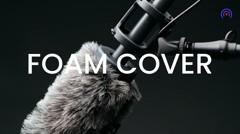
2 - FACING THE MICROPHONE

Chapters































Description
(00:00:00) INTRO There we go! Now that you have finally decided to start, you are probably feeling a bit anxious which is absolutely normal; It can be quite challenging to bring your ideas to life and to share them with the world. The mic is plugged in, but not switched on, you are connected to Lilicast's interface and now what's next? (00:00:21) (00:00:23) WHAT DO I SAY What do I say? By now, you should have an idea of what you intend to talk about. If you still have no idea, then we suggest you go through the 'structuring your ideas' episode where we provide tips to help write the script of your episode. Some tend to write everything down, word for word. This can be an interesting technique as it provides a sense of relief, and reassurance. We can rely on our own text in case of lack of inspiration, or poor memory. And just because the text is written doesn't mean you can't deviate from it. The tricky part here is, if you write the text according to your thoughts, you may have the tendency to use a dull monochord tone when reading out loud. It can be quite difficult to read aloud like we speak naturally. Feeling less pressured and stressed is perfectly fine, but making our auditors cringe to our robotic voice is a no go. (00:01:15) You can also skip the written part, and use some key words and ideas that you can develop gradually. The problem here is the risk of rambling. When in front of a microphone, you can sometimes feel overconfident and be more focused on hearing yourself as you speak. This can be quite annoying for the listener. Each and every technique has its pros and cons. We shall help you develop the topic in the episode 'structuring your thoughts.' (00:01:39) (00:01:42) SOUND RECORDING The place where you record your podcast is very important; even more important than the quality of your microphone. Sometimes, the way you use the professional tools are way more important than the tools themselves. You surely are aware of the following: The right angle is needed to get the desired pose in front of a camera. We can angle ourselves for a better posture, open our eyes at the last minute to make sure they are wide open on the photos... the same tips can be applied when it comes to using a microphone. (00:02:12) The level of the microphone must be adjusted correctly, but also one should consider the placement of the microphone: it should not be too close nor too far. To get an excellent sound recording, one must pay attention to the voice level and also the way the microphone is positioned. The use of good technique can result in high quality sound even if the microphone is not of a very good quality and the opposite could be bad; The use of bad technique with a high quality microphone can result in negative outcomes. (00:02:41) Podcasts are cool: We have ideas that are easily reachable to our audience, who is ready to listen to us. It is therefore important to position the microphone properly. More sense of intimacy will be created and felt by your audience if you are closer to the microphone. On the other hand, the ambience and the atmosphere of the room will be picked if you move further away from the microphone. This is because, each room has its own sound, even though you are surrounded by silence. (00:03:11) To know how to place your microphone to achieve optimal results, some tests are required. Put four fingers between your mouth and the microphone before speaking. This is a good starting point. Listen to yourself before you start recording your episode. If you hear abnormal mouth sounds, like, salivating or breathing heavily then it is quite obvious: You are too close to the microphone. (00:03:34) (00:03:37) VOICE LEVEL AND POP Another important detail that deserves attention: The sound level of your voice. Everyone has a unique sound level on their own. This defines, once again, the distance to be considered between your mouth and the microphone. If you speak loudly, move further away from the microphone, especially if it is sensitive, so as not to give the impression of screaming in the room where people are listening to you. In any case, try to avoid explosive air blasts that produce sounds such as p and b on a microphone and also whistling which can occur due to the pronunciation of some letters. Those two things can be very annoying for the listeners. A pop filter is therefore required on the microphone, in order to prevent such issues. This is the use of a foam cover as well. The foam cover can be a handy tool as it can be easily used everywhere. It can be useful when you do a podcast off-site. (00:04:33) (00:04:35) TRAIN YOURSELF Training is required to be able to speak out properly. Nobody has the voice they think they have. So, it can be quite surprising when you hear yourself for the first time. You may get upset when some words are mispronounced, but all this is normal. Be kind and patient with yourself. (00:04:52) Your posture is important during a recording. We do not have the same voice when we are seated and when we stand up. Think of singers: In studios, they always sing and record themselves while standing, which is no coincidence. Breath and breathing are two different things. We are not asking you to stand up on your feet to speak, but when you are seated, relax yourself, slightly release your shoulders and avoid slouching. And do some vocal exercises to warm up your voice, to achieve optimal results. (00:05:24) To avoid running out of breath during the recording of your podcast, Lilicast enables you to split your recording thanks to the card system. This allows you to record several shorter versions that allows you to catch your breath and to regain your composure, and be focused again between each recording session. (00:05:44) If you find yourself with a fast flow, slow down. The voice has to be 'engaging and soothing' during a recording. Take your time. Avoid giving away too much information in one sentence. There is no time limit during the recording of a podcast. Make the most of it! It is better to create several episodes on the same topic rather than including everything in one episode where one has the tendency to speak too fast. Slowing down the flow does not prevent you from working on your voice modulation. To captivate your audience, use silence in between, ask questions and change the tone of voice. (00:06:23) You will probably encounter some language 'twitches'. It is normal. If you have written your text in advance, you will have better chances at avoiding this more easily. Rest assured: Even if you come up with the 'errr', you can still crop unwanted bits during editing. This eventually requires more work but it is possible. Also, it is unecessary to eliminate every single language twitch. Be natural to sound natural as much as you can. Finally, one last important advice: Smile! Smile regularly when you speak about the subject, because even though it cannot be seen, a smile can always be heard in the tone of your voice. (00:07:00)




